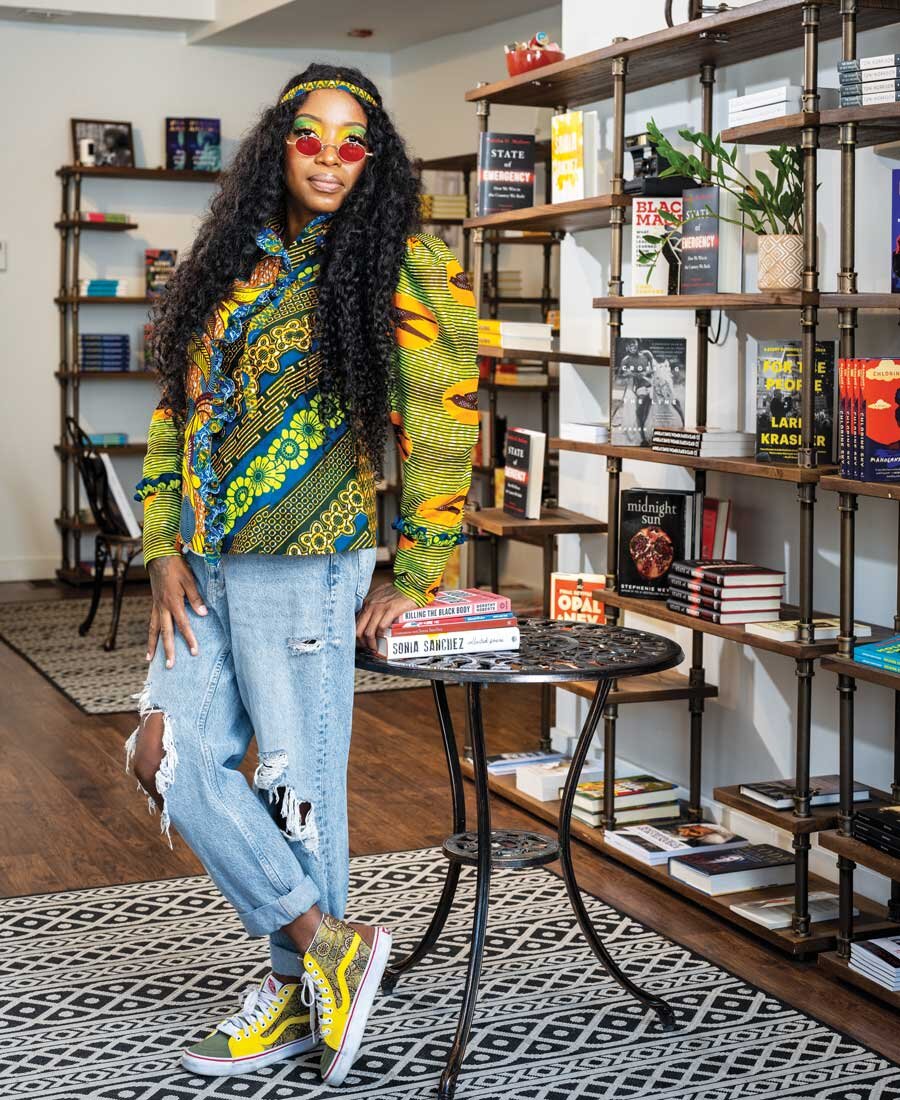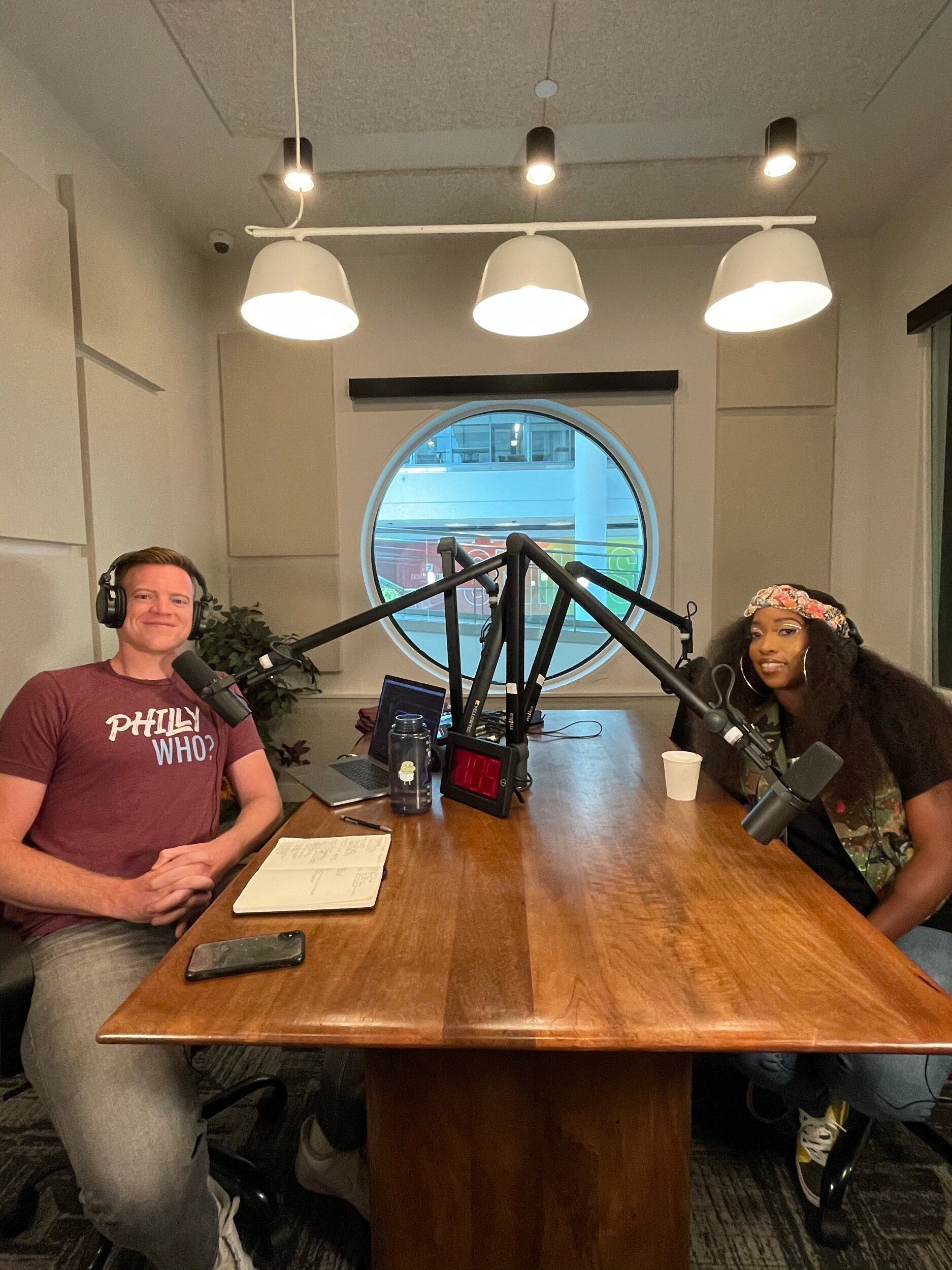Climbing Ice
On the front cover of the 1973 book, Climbing Ice by Yvon Chouinard, a minuscule climber, with a single rope, grips onto a translucent, icicle-covered mountainside. Perhaps this is a formation from a cryovolcano on the southern tip of Pluto in the year 2053. Perhaps Earth has lost the war on emissions to extreme weather and Yvon, the only human with a semblance of life, traverses a frozen slush eruption with the last irregular mountaineering chock.
Or maybe this book cover is a snapshot of 1960s Yvon on the border between Argentina and Chile near El Chaltén village and Viedma Lake with the howling Patagonian wind at his neck as he climbs miles into the sky on the back of Cerro Ritz Roy.
While we do not know exactly where the minuscule climber is coming from, or where he is going, what we do know is that he is not afraid to go it alone.
“How you climb a mountain is more important than reaching the top,” Yvon whispers to himself if you listen closely. “If you focus on the process of climbing, you’ll end up on the summit,” he sages himself further up.
Last week Yvon Chouinard, who has gone from mountain climbing outdoorsman to founder and majority owner of a billion dollar clothing brand, Patagonia, announced that he is ascending yet another insurmountable summit. According to the New York Times, “Rather than selling [Patagonia] or taking it public, Mr. Chouinard, his wife and two adult children have transferred their ownership of Patagonia, valued at about $3 billion, to a specially designed trust and a nonprofit organization. They were created to preserve the company’s independence and ensure that all of its profits — some $100 million a year — are used to combat climate change and protect undeveloped land around the globe.”
Patagonia operates stores in 10+ countries around the globe as well as factories in 16 countries. Yvon is also the co-founder of 1% For The Planet, an alliance of businesses that contribute at least 1% of their annual revenues to environmental causes.
Yvon, some may say, has reached the peak. His data driven commitment to manufacturing Patagonia’s products with sustainable materials and practices made customers loyal. Yes, this was the more difficult way to build a company, but it is clear that Yvon is comfortable with taking the more challenging climb. He is at the pinnacle of Mt. American Dream—build a strong company for 40 years—check, make millions of dollars doing what you love—check, do some good in the world—check, then relax. Nope. Yvon is not done climbing.
You should know that although ice-climbing had been happening in cold weather climates since forever, it was Yvon in the late 60s who made it into a sport—innovating on equipment, defining new techniques, institutionalizing safety while teaching others to protect the earth in the process. Hundreds of climbers have followed him up seemingly impossible mountains and lived to tell the same story. “The impossible is possible.”
What if, yet again, Yvon is inspiring his fellow climbers to innovate, define, institutionalize, and protect but with business? How thrilling would it be to watch the wealthy, (and not so wealthy), lenders, policy makers, entrepreneurs, and manufacturers turn sustainability into a sport worth gawking at. Imagine cheering on your favorite brands as they edge us all closer to a stabilized global temperature or climbing flag polls because your favorite manufacturer has hit net zero. Yes, full on parades for corporations that break free from plastics.
It is us, the dollar wielding cheerleaders, with the most control over who becomes a billion dollar company. Patagonia did not do this on its own of course. We decided we would support their climb because we trust Yvon’s ability.
Similarly it is us who decides who will be the next one up Mt. Kenya—and must agree that it won’t just be those who check the cliche box of having a reduce, reuse, recycle message on their websites. Cheerleaders are excited for true champions— those who are sharing the data, the stats, the evidence of their commitment to serving mother earth. It is us who must demand Patagonia-like action from companies and policymakers and when we demand that with our dollars, it’s what we will get.
Some may read this and say well ice-climbing is a white man’s sport, Jeannine. You don’t see any brothers or sisters risking their lives up there on the side of Mt. Kirkjufell bolted to a massive boulder. Those climate change, glacier huggers all look the same, right? No. Wrong. Very wrong.
There are a number of smaller manufacturers, who don’t look like Yvon, but climb like he does. Manufacturers like Darrell Jobe of Vericool, who may not be giving away all of his Black Friday sales, but he is making sustainable, environmentally friendly packaging to replace Styrofoam. His workers are second chance citizens like himself returning home from prison. Let’s cheer Darrell and his 50 employees up Mt. American Dream.
There’s also folks like Karen Young from Oui the People, who estimates that 2 billion plastic razors end up in landfills every year, and the personal care industry in general is one of the largest producers of waste, so she’s changing that without a billion dollars in revenue. Let’s cheer Karen and her 64 employees up Mt. American Dream.
The Karens and Darrells of the world are working to protect the same planet as Yvon and they are doing so with far less resources—so a little cheering goes a long way.
Or maybe we do nothing at all. We let the minuscule man on the cover of Climbing Ice, continue at it alone with a single rope, gripping onto a translucent rime of hard snow. We play our part in helping Earth lose the war on emissions and we let Yvon be the only human with a semblance of life, traversing a frozen slush eruption when the last remaining mountaineering chock breaks in two.
Maybe the impossible is just impossible.
But maybe not.













